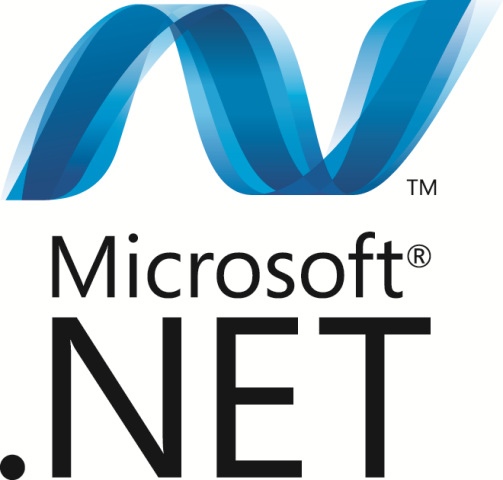

- Js library html inspector and select like chrome dev tools how to#
- Js library html inspector and select like chrome dev tools code#
Js library html inspector and select like chrome dev tools how to#
Take an HTML document, such as the following index.html file, to understand how to use the Console to modify it. Make sure to save any changes you would like to keep elsewhere.
Js library html inspector and select like chrome dev tools code#
This provides you with the opportunity to experiment with JavaScript code within the context of existing HTML, CSS, and JavaScript.īear in mind that as soon as you reload a page after modifying it within the Console, it will return to its state prior to your modifying the document. You can work within the context of an HTML file or a dynamically-rendered page in the Console. The JavaScript Console provides you with a space to try out JavaScript code in real time by letting you use an environment similar to a terminal shell interface. This will allow you to edit the command and send it again. If you need to modify a command that you passed through the Console, you can type the up arrow ( ↑) key on your keyboard to retrieve the previous command. OutputToday's date is Wed 15:06:51 GMT-0500 (Central Daylight Time) Within the console, you’ll receive the following output:

To print the Hello, World! string, type the following into the Console: Rather than have pop-up alerts that you need to click out of, you can work with JavaScript by logging it to the Console with console.log.

Note that the Console will also print the result of evaluating an expression, which will read as undefined when the expression does not explicitly return something. Once you press the ENTER key following your line of JavaScript, an alert popup will appear in your browser: Start with an alert that prints out the string Hello, World!: Within the Console, you can type and execute JavaScript code. Now that you have accessed the Console, you can begin working within it in JavaScript. You can also enter into the JavaScript Console by using the keyboard shortcut CTRL + SHIFT + J on Linux or Windows, or COMMAND + OPTION + J on macOS, which will bring focus immediately to the Console. This will open a panel where you can click on Console along the top menu bar to bring up the JavaScript Console if it is not highlighted already: From there, you can select More Tools then Developer Tools. To open the JavaScript Console in Chrome, you can navigate to the menu at the top-right of your browser window signified by three vertical dots. You can also enter into the Web Console with the keyboard shortcut CTRL + SHIFT + K on Linux and Windows, or COMMAND + OPTION + K on macOS.

Once you do so, a tray will open at the bottom of your browser window: With that open, click on the Web Developer Tools item. To open the Web Console in FireFox, navigate to the ☰ menu in the top right corner next to the address bar. This section outlines how to access the Console in Firefox and Chrome. Most modern web browsers that support standards-based HTML and XHTML will provide you with access to a Developer Console where you can work with JavaScript in an interface similar to a terminal shell. These updates should not affect your ability to use the Console in the browser. Browsers are frequently updated and often include new tools and possibly a new visual style. Note: As you follow along in this tutorial, you may notice that your browser and the Console look different from the examples in the images.


 0 kommentar(er)
0 kommentar(er)
